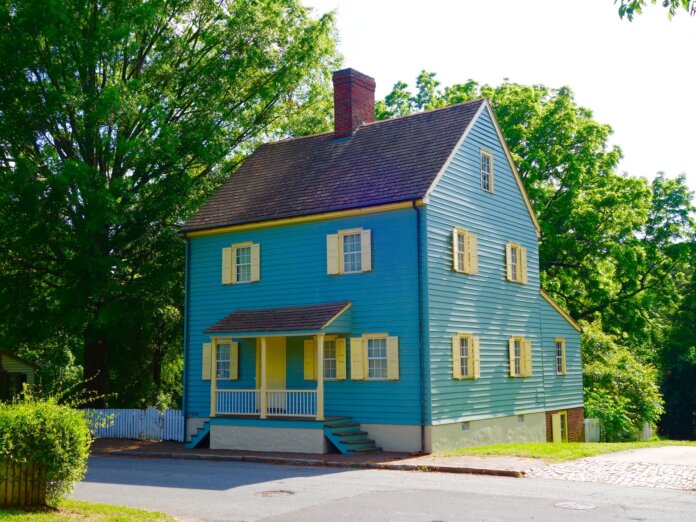The Realtor.com Monthly Housing Trends Report for April shows that while listing prices were up slightly (+2.5%), annual listing price growth has decelerated for 10 months in a row and could decline year over year by later this spring.
A recent Realtor.com site survey found one-third of sellers (34.2%) said that buying first was a top concern for them when evaluating whether to sell their home or not. Concerns about overall market conditions, including local demand and not receiving any good offers, was cited by 19% of surveyed respondents, the highest share since 2019, and nearly twice as high as a year ago.
In addition, sellers say having to get their home market ready is also a top concern, especially given that high inflation rates are leading to higher improvement and household furnishing costs, and prices for those goods are rising more than prices overall.
In April, the U.S. supply of active listings was up compared to last year but rose at a slower pace for the second month in a row. And despite the increase, the inventory of homes for sale continues to be 50.5% lower than the April 2019 pre-pandemic level.
A declining number of newly listed homes remains a top challenge for the market, as many potential sellers are choosing to sit on the sidelines rather than list their home for sale. That means hopeful homebuyers have fewer options for their next home and will likely have to continue narrowing their list of must-haves to find success in today’s market.
The U.S. inventory of active listings grew 48.3% year over year; however, the inventory growth rate continued to slow for the second month in a row. Active inventory grew in all major regions, with the most growth in the number of homes for sale in the Southern region, up 100.3% compared to the same time last year.
New listings declined 21.3% nationwide in April and in 49 of the 50 largest markets compared with this time last year; only San Antonio saw the number of newly listed homes increase compared to last April (+0.4%). Pending listings, or homes under contract with a buyer, declined 22.5% year over year.
Among the 50 largest U.S. metros, 42 markets saw active inventory increase compared to last April. Despite high inventory growth compared to last year, most metros still had fewer homes for sale compared to pre-pandemic years.
In April, only Austin saw higher levels of inventory (+4.3%) in April compared to typical 2017–2019 levels, while in Las Vegas, where active inventories were above pre-pandemic level in March, inventories were 8.1% below typical 2017-2019 levels in April.
National home listing prices grew slightly from last year, following their usual seasonal uptick at the start of the spring homebuying season, but home price growth slowed to the lowest rate since April 2020. Many sellers are continuing to list their homes at higher prices as listing prices generally continue to rise, leading to a higher share of homes with price reductions in April compared to last year; however, the level is still below what was typical before the pandemic.
The national median list price grew to $430,000 in April, up from $424,000 in March. Annual list price growth slowed to 2.5% year over year, the lowest rate of growth since April 2020.
Higher mortgage rates and home prices compared to April of last year increased the monthly cost of financing 80% of the typical home by roughly $340 (+19.0%) compared to a year ago. This far outpaces recent rent growth (+2.5%) and inflation (+5.0%) but the rate of growth is slowing compared to last month’s 39.3% as growth in listing prices and interest rates slowed.
In April, 12.2% of active listings had their price reduced, up from 6.8% in April 2022.
Photo by Rick Lobs on Unsplash














